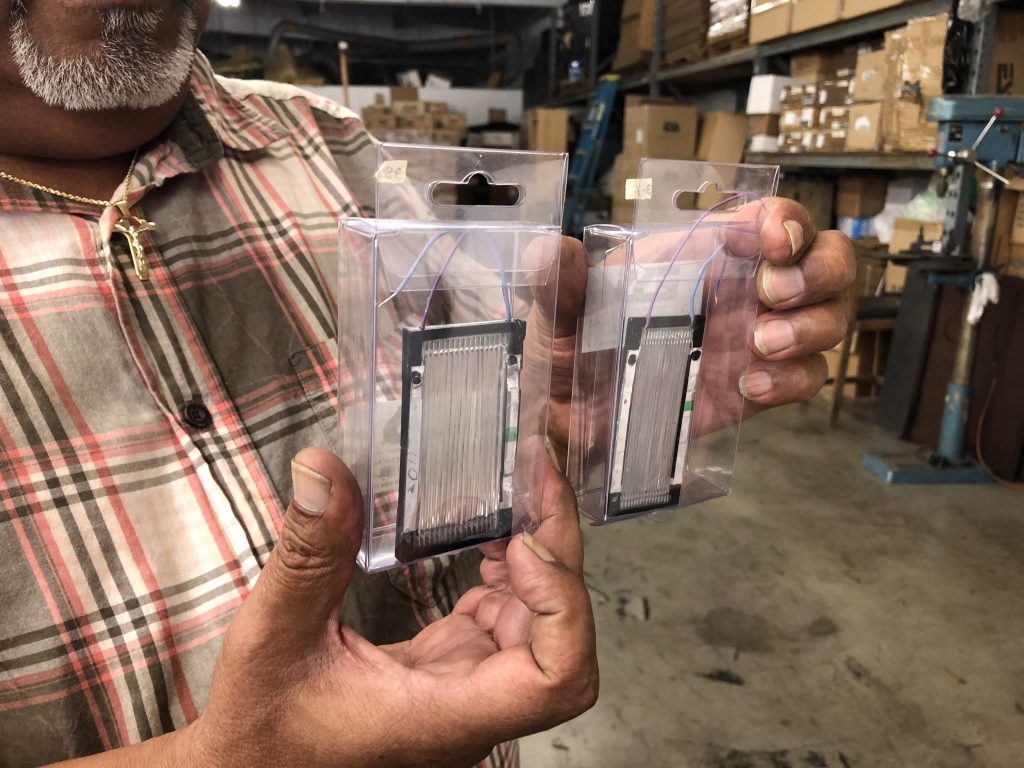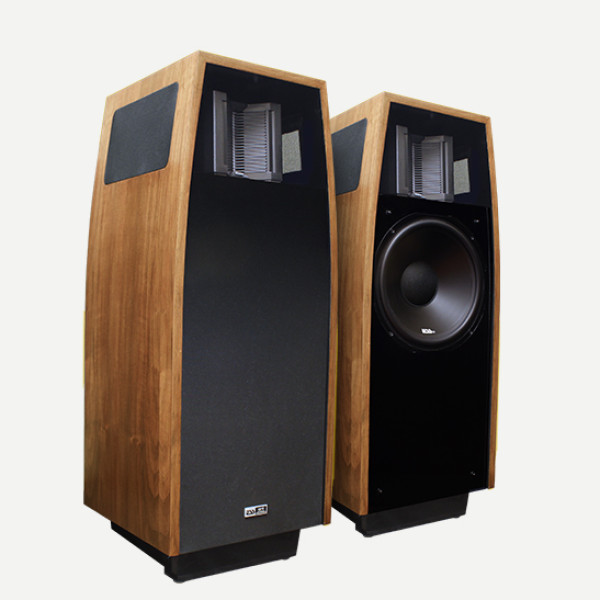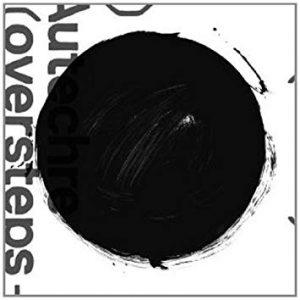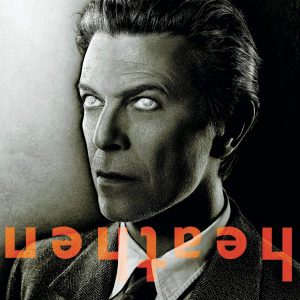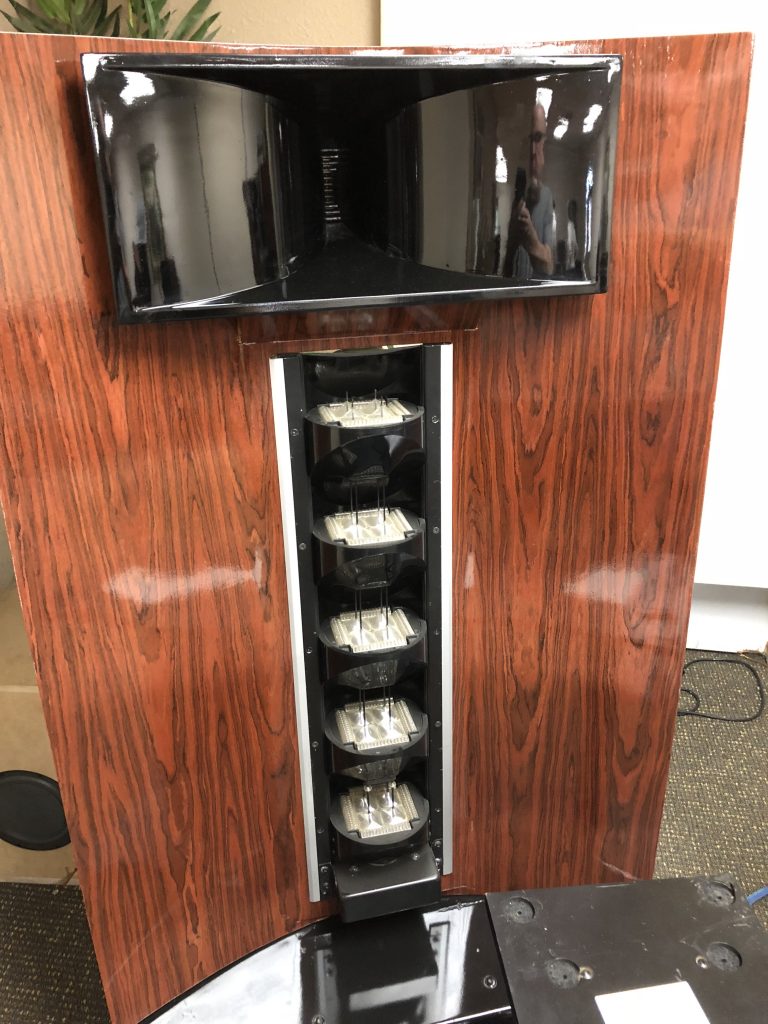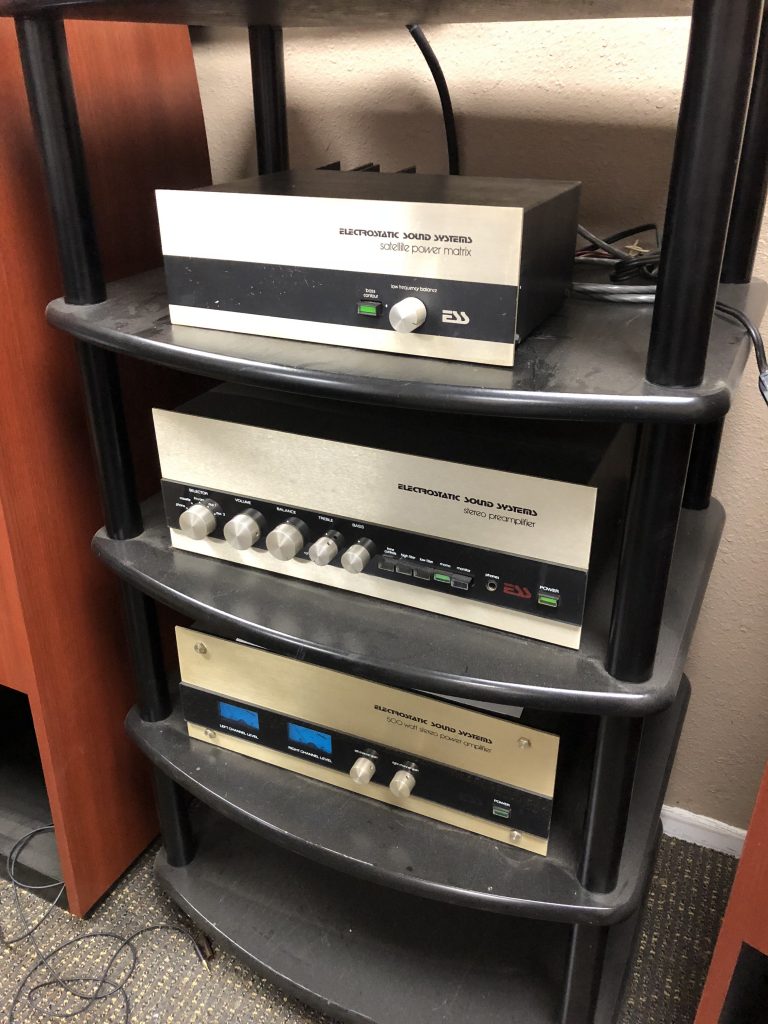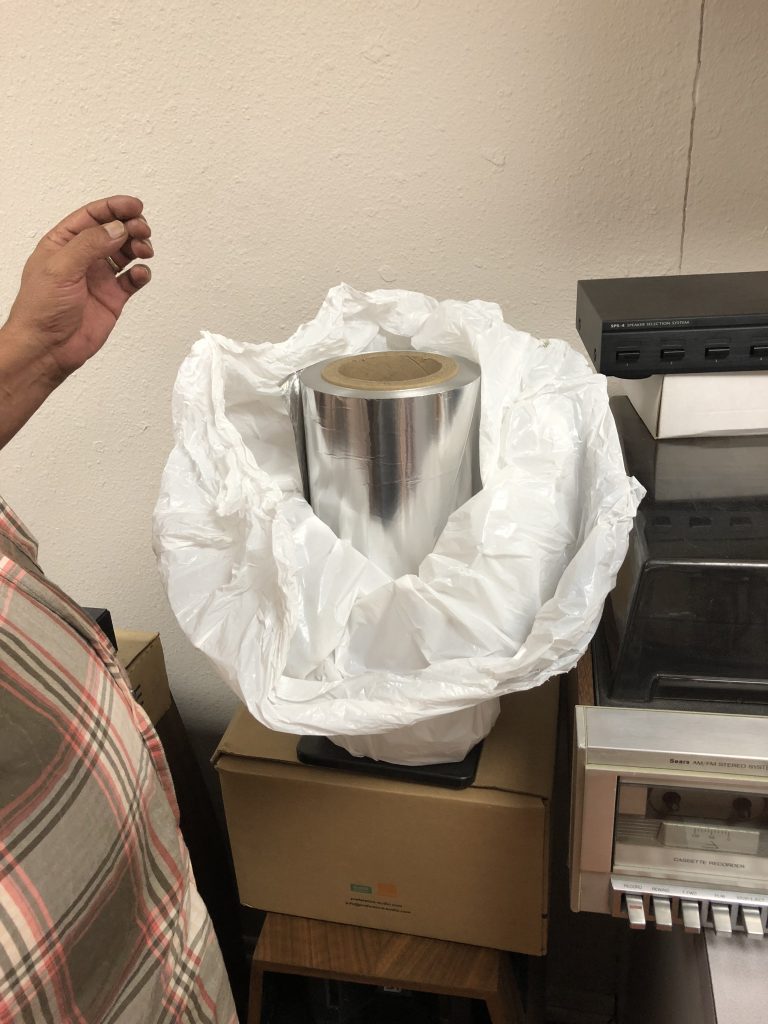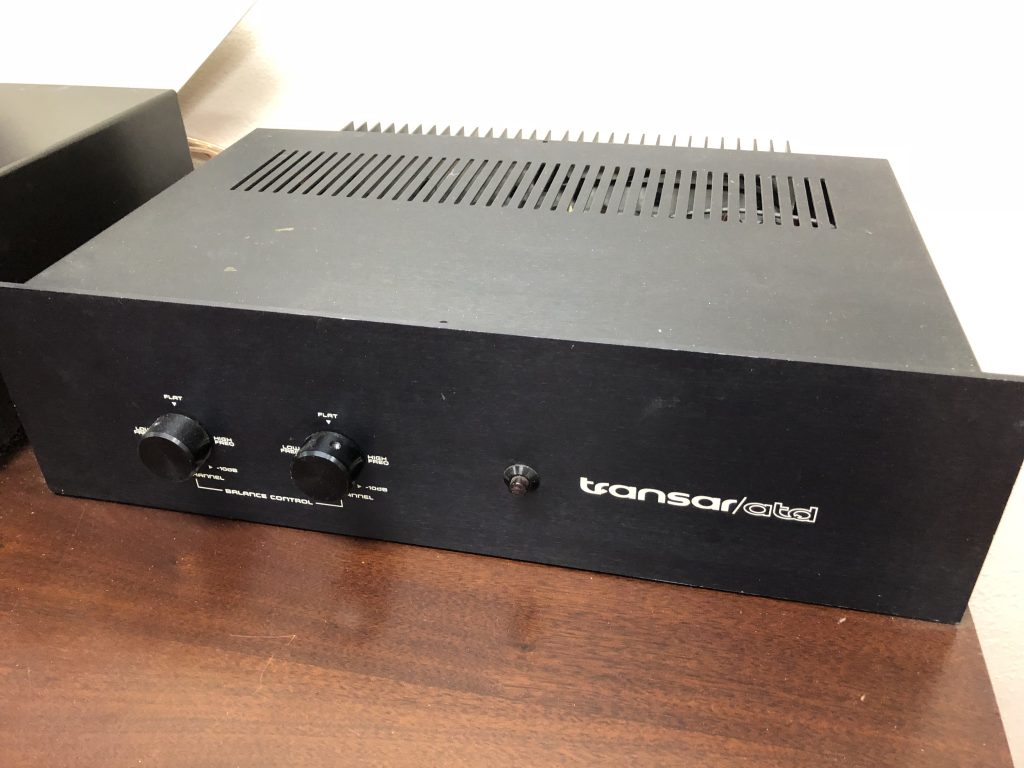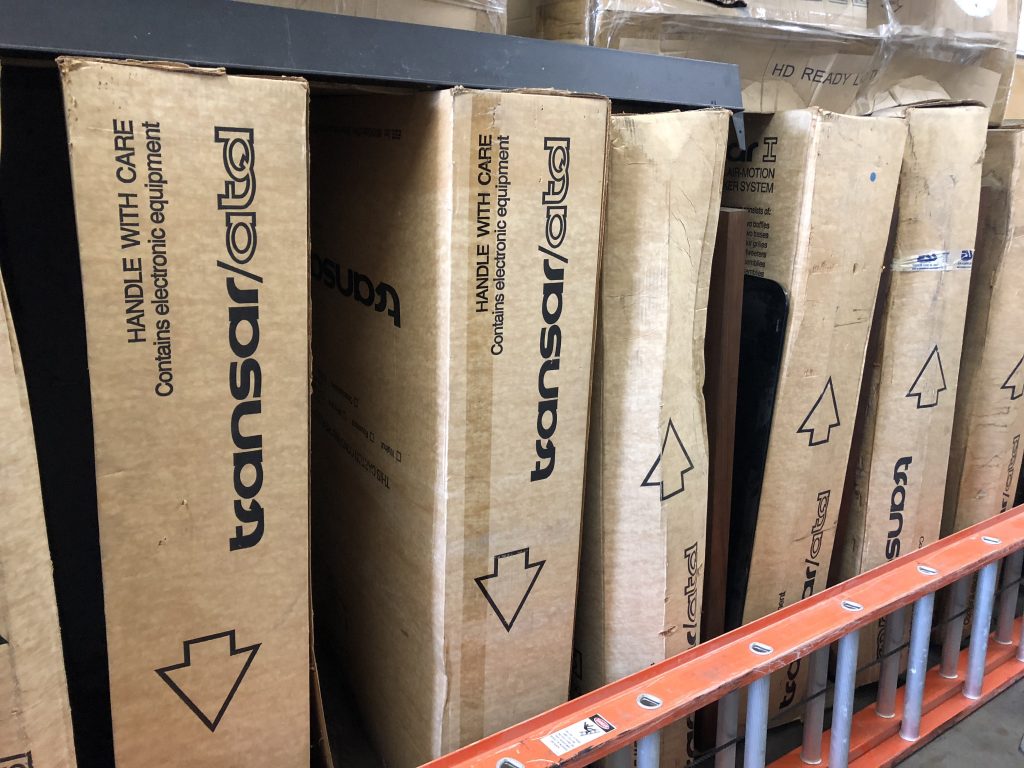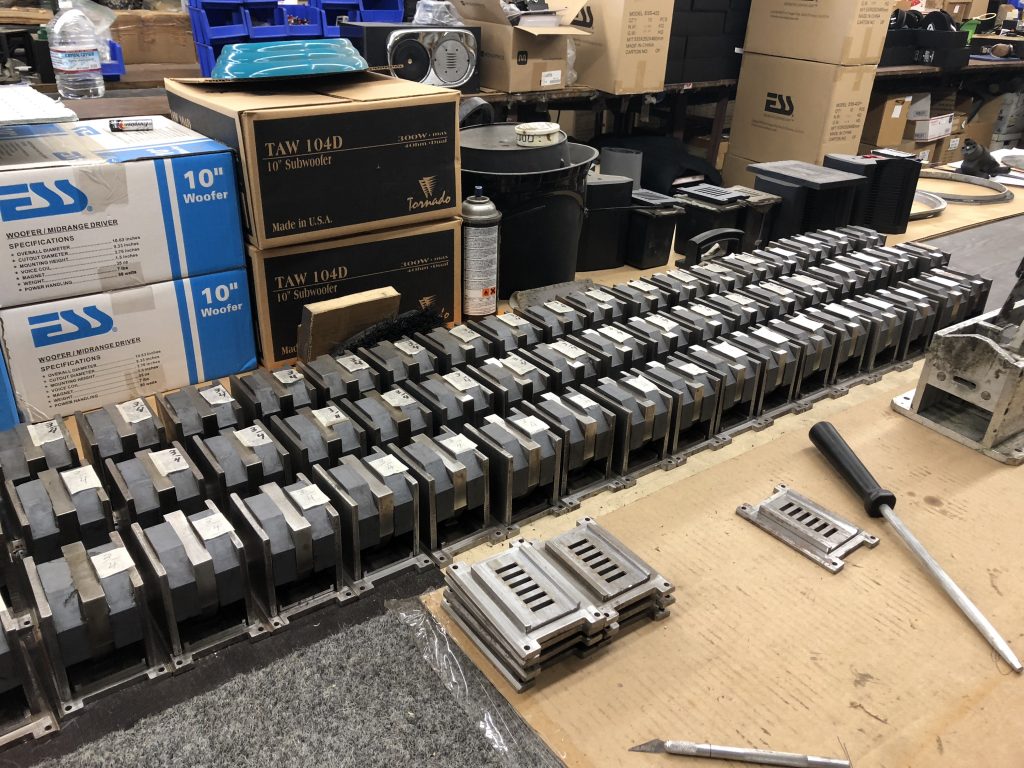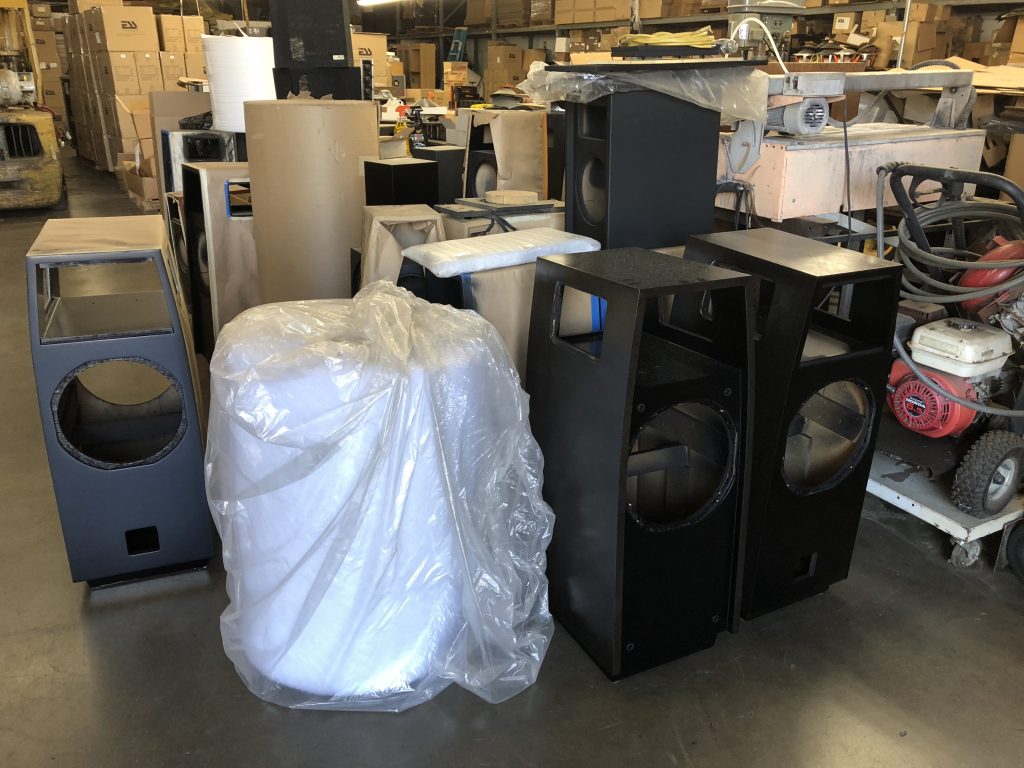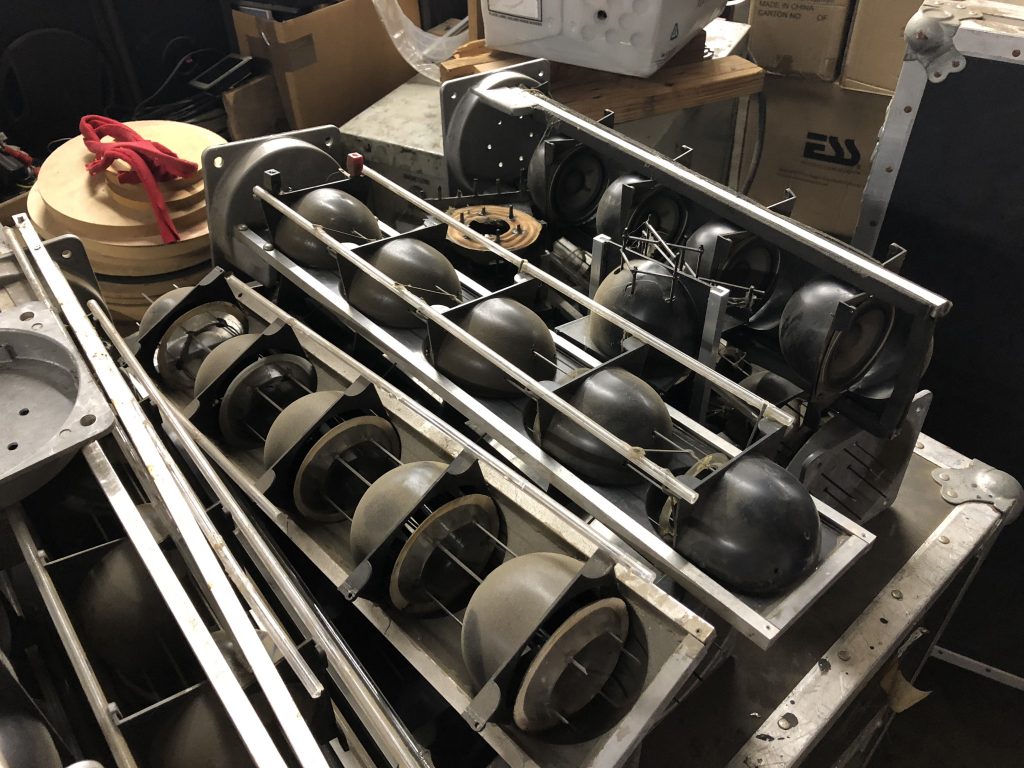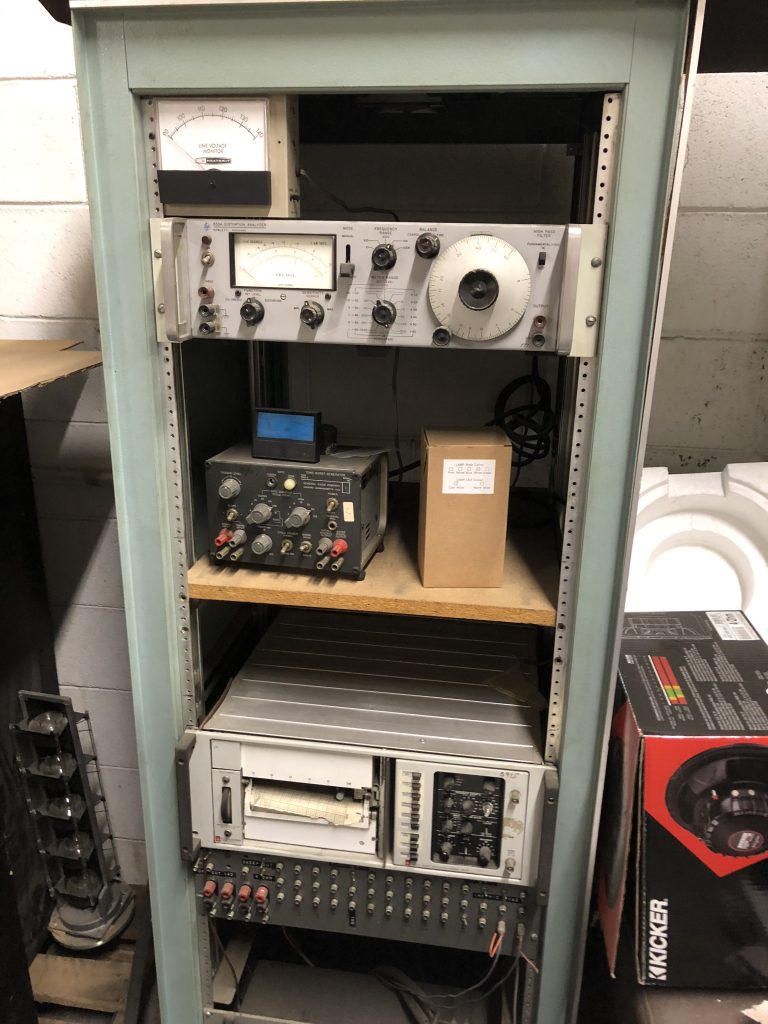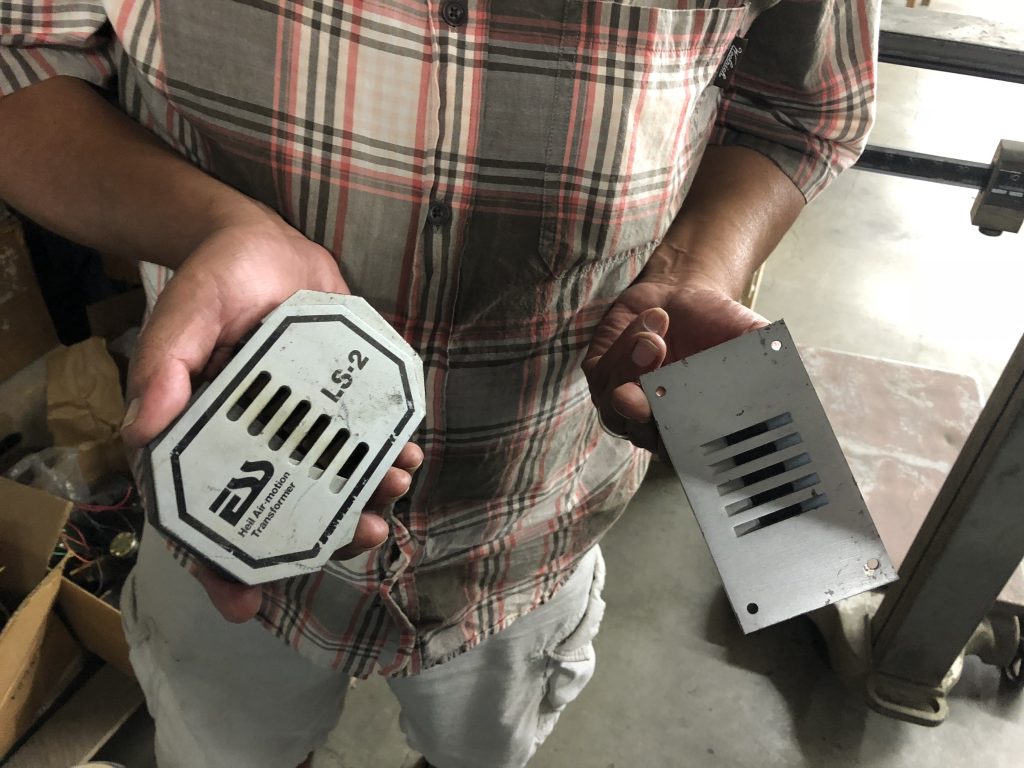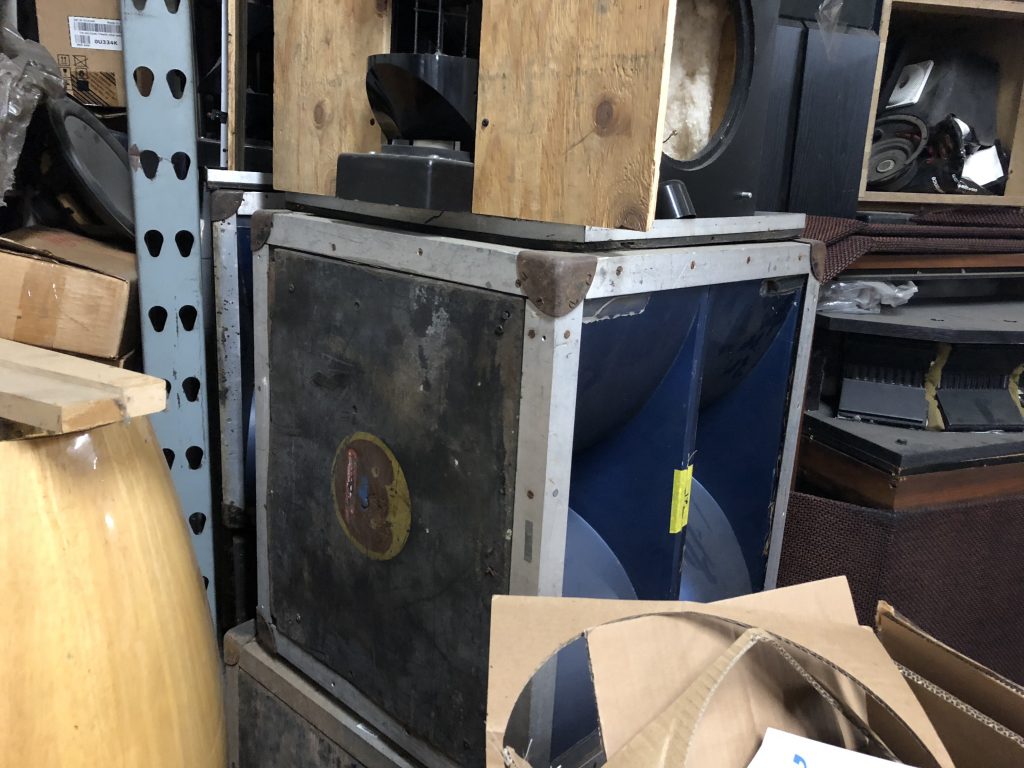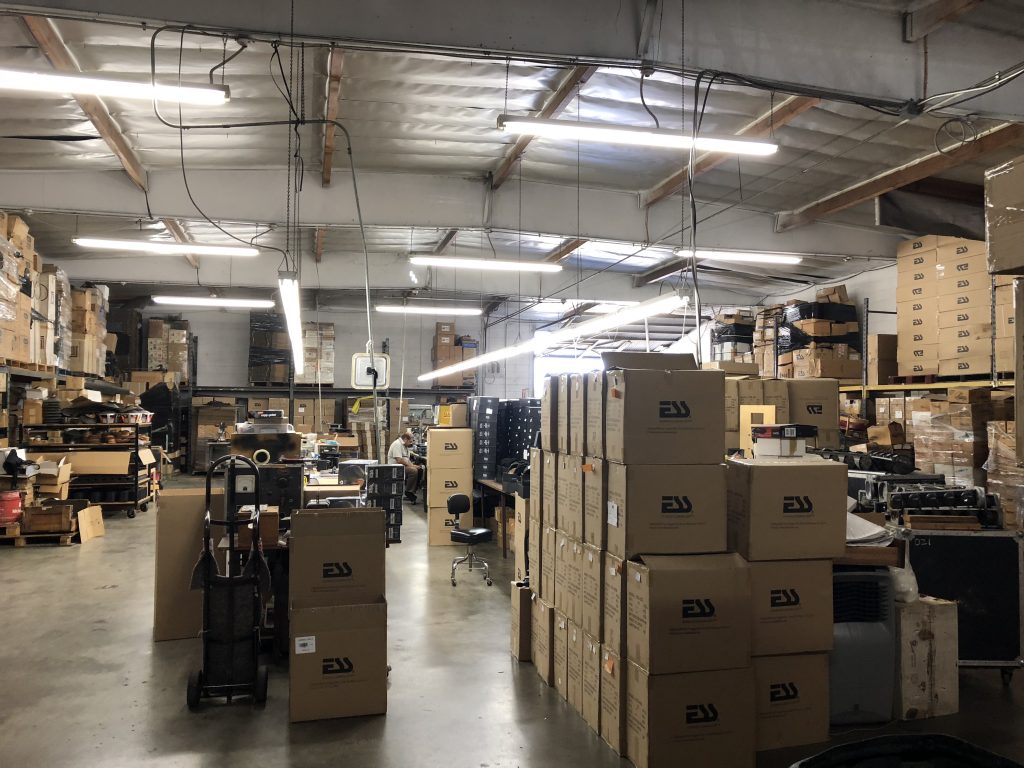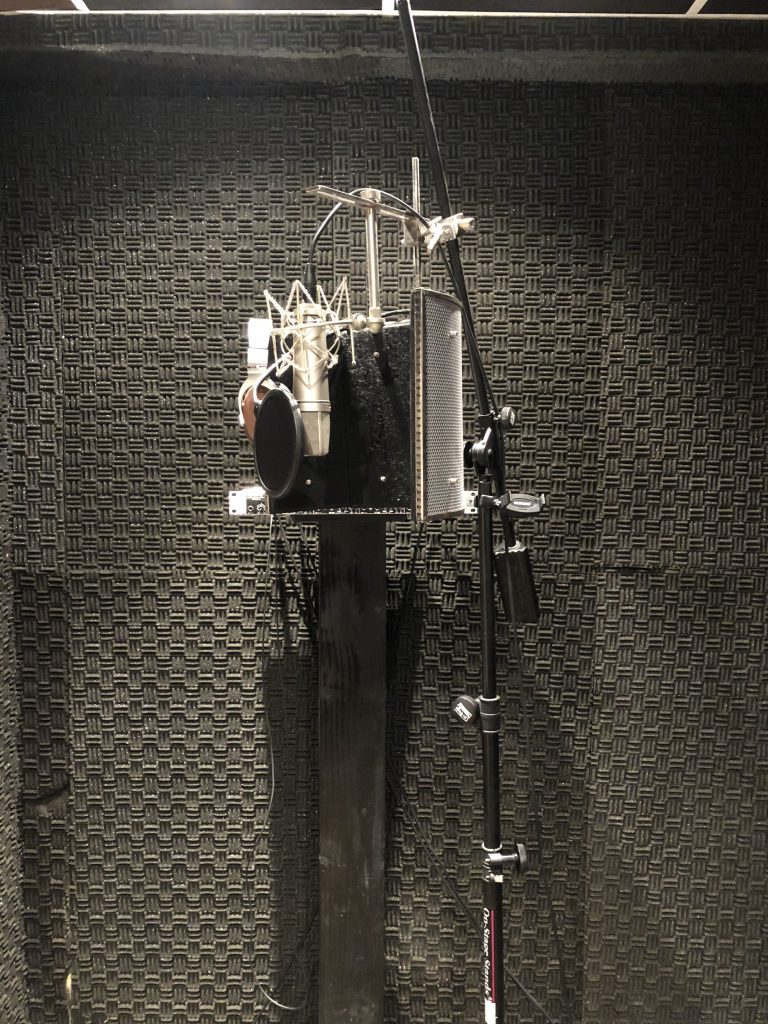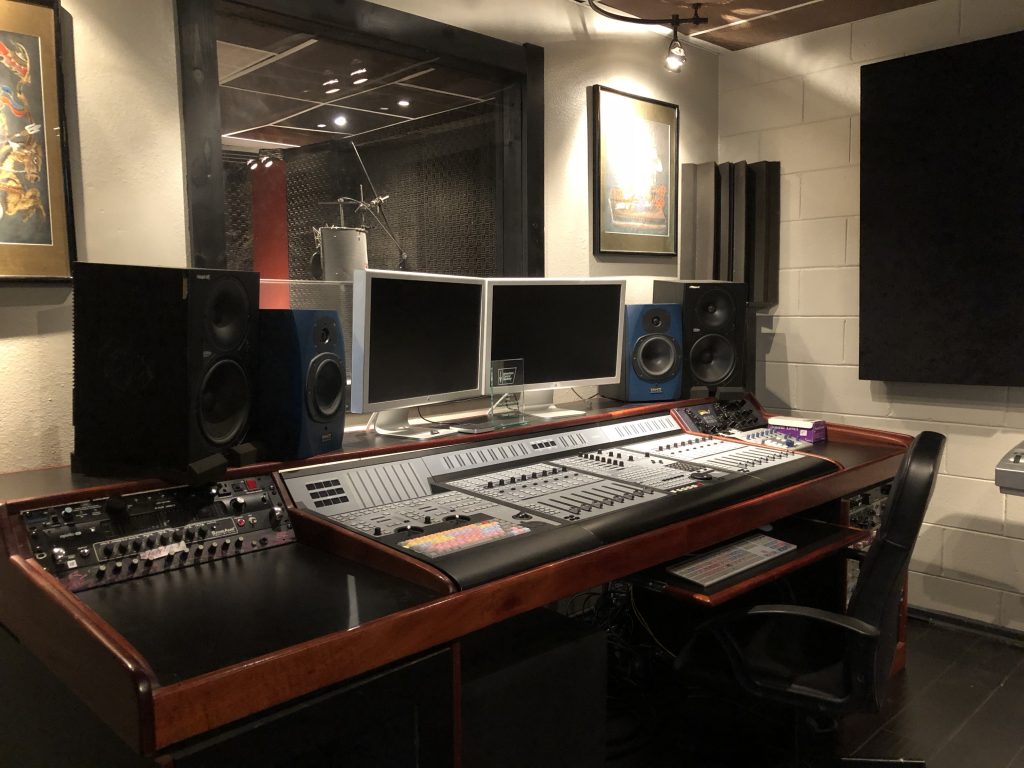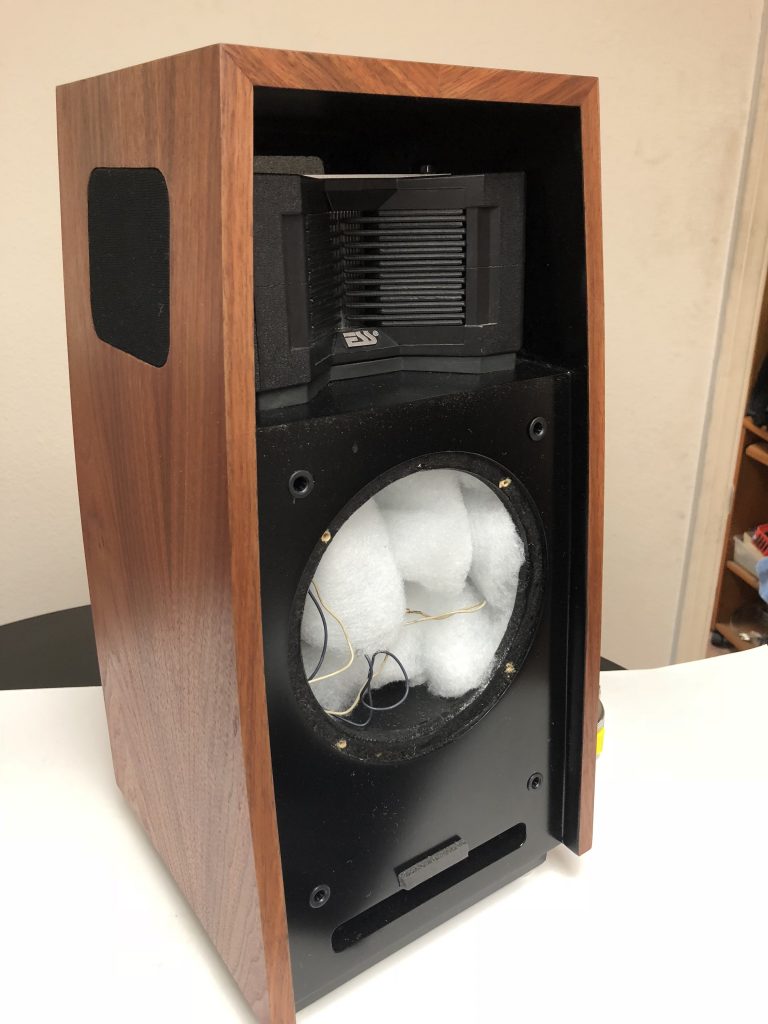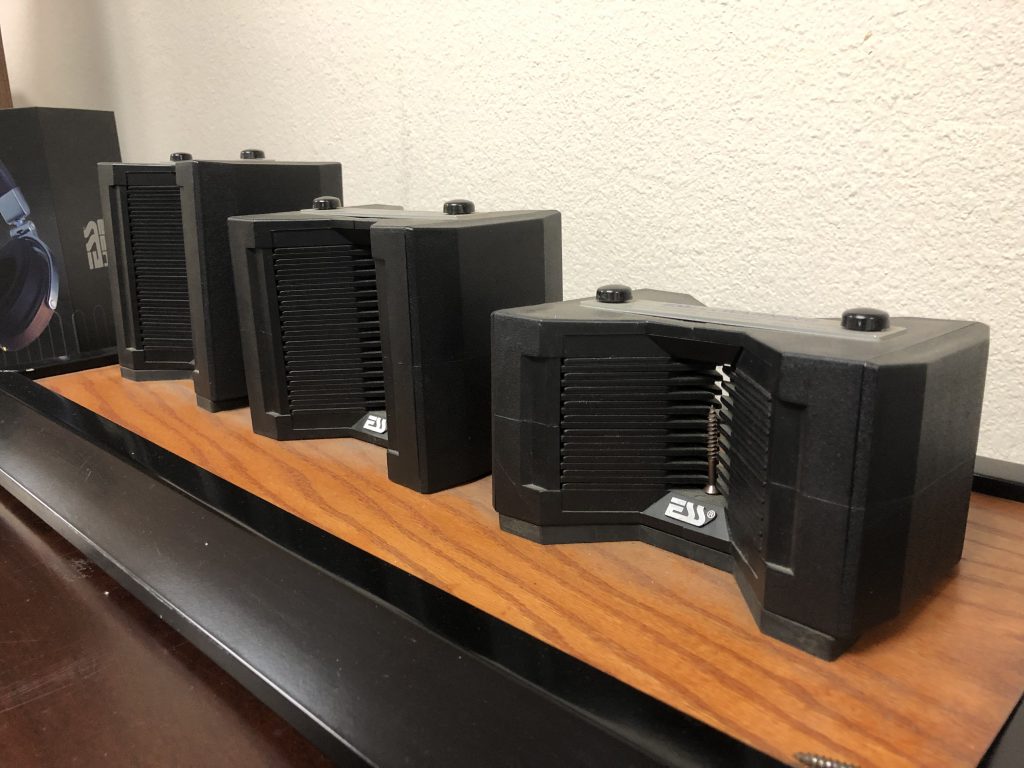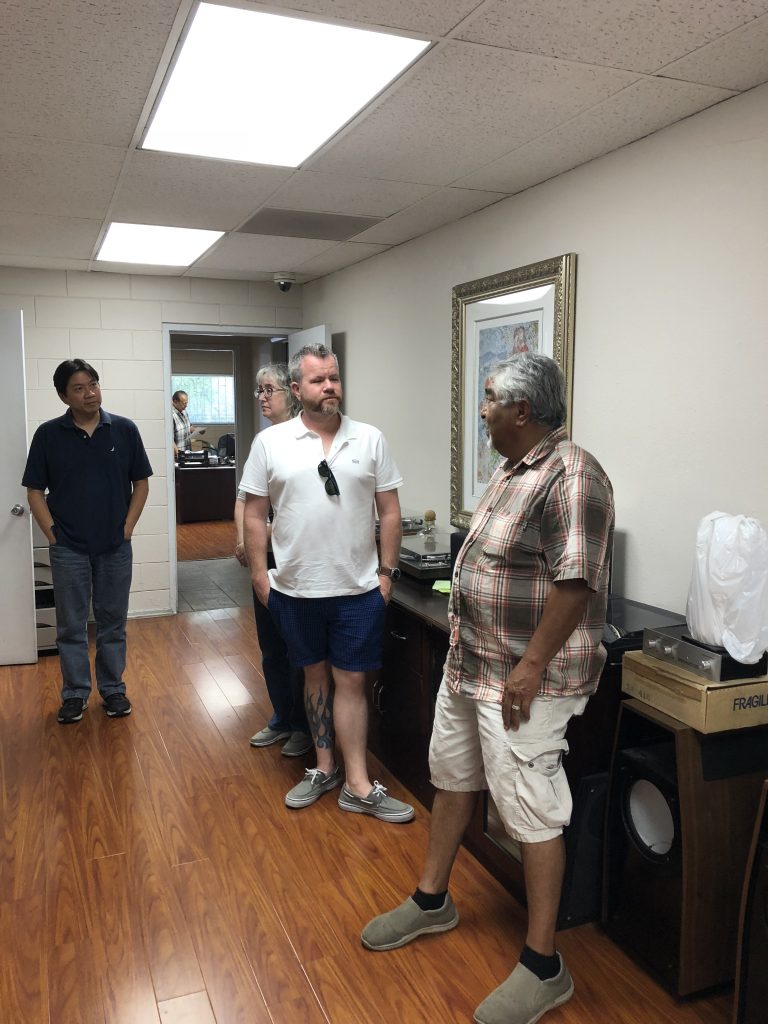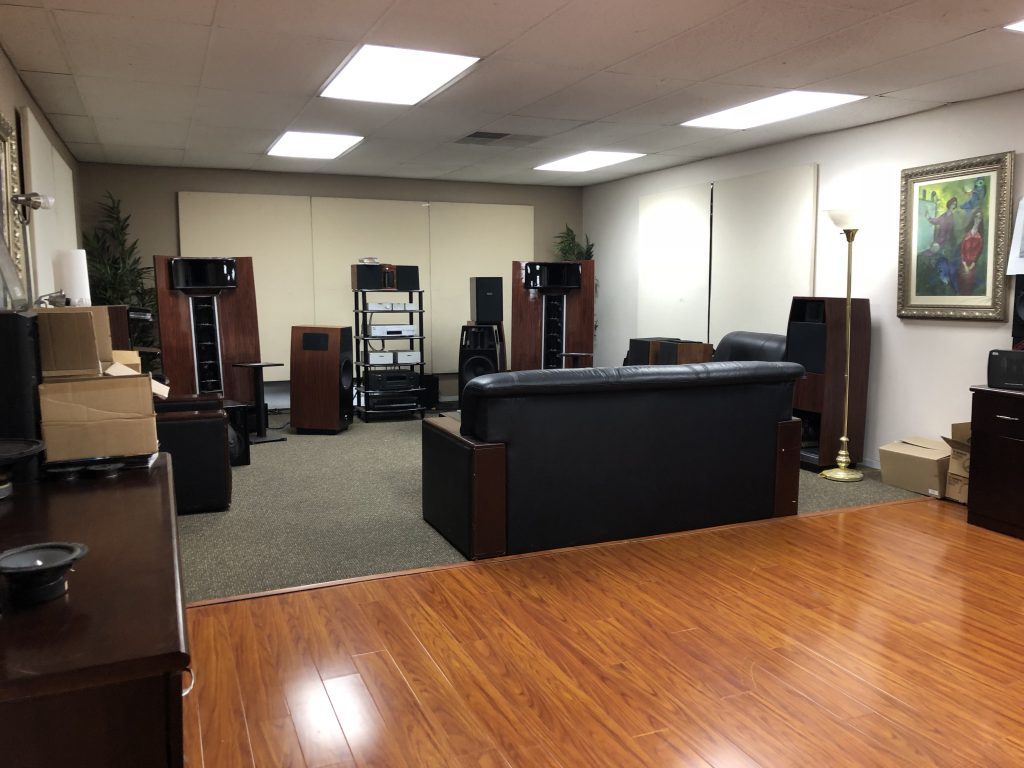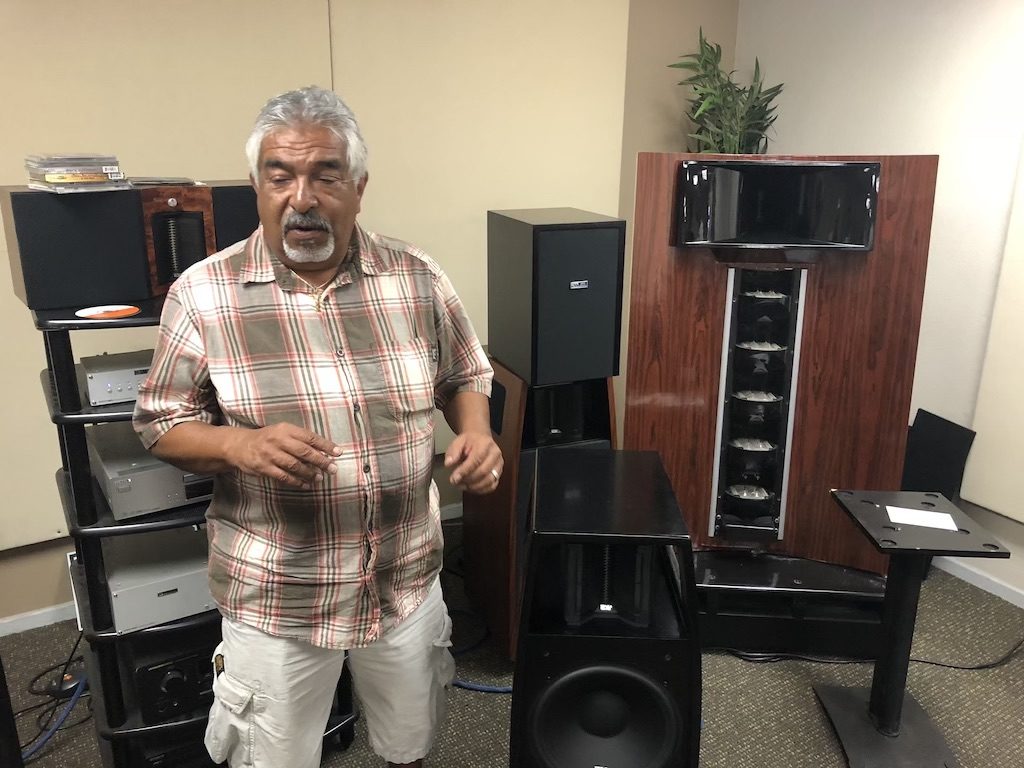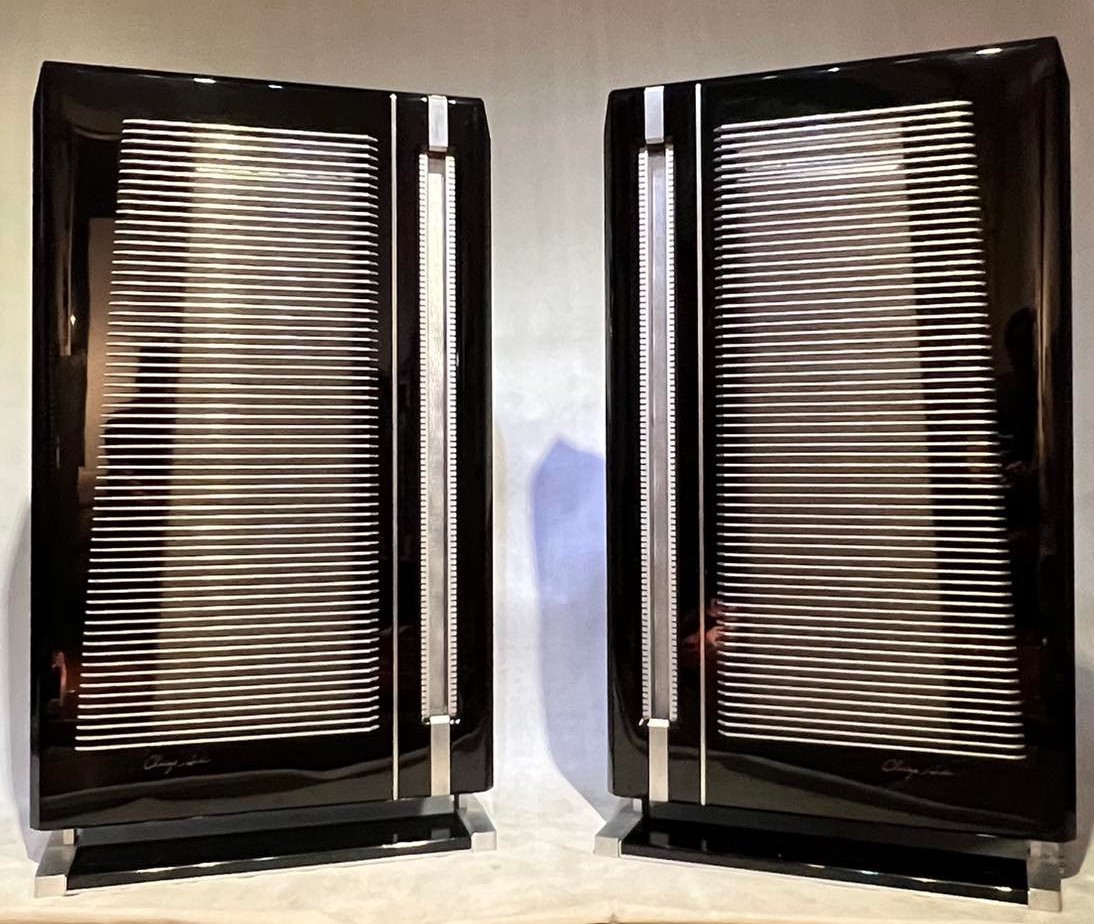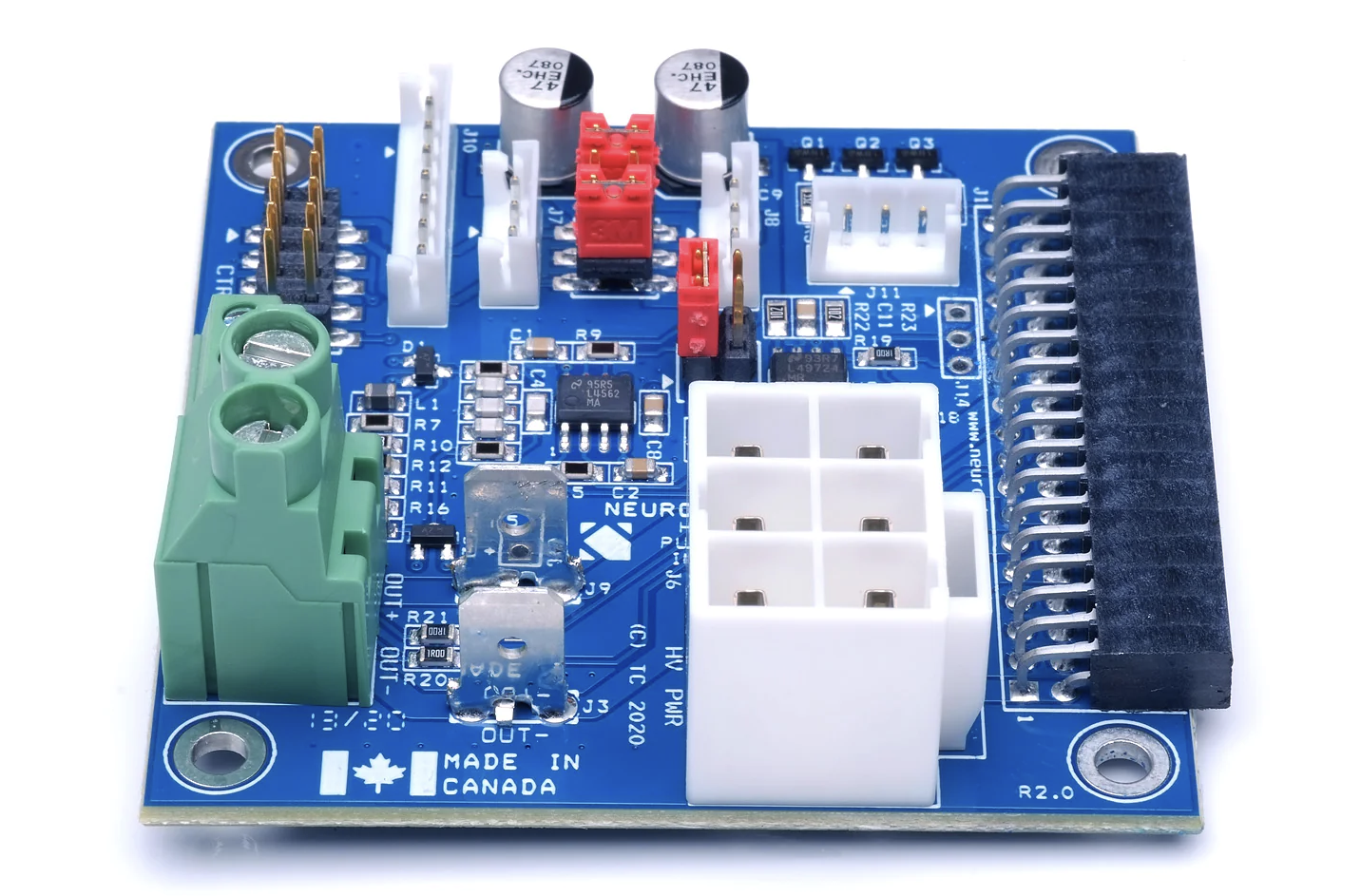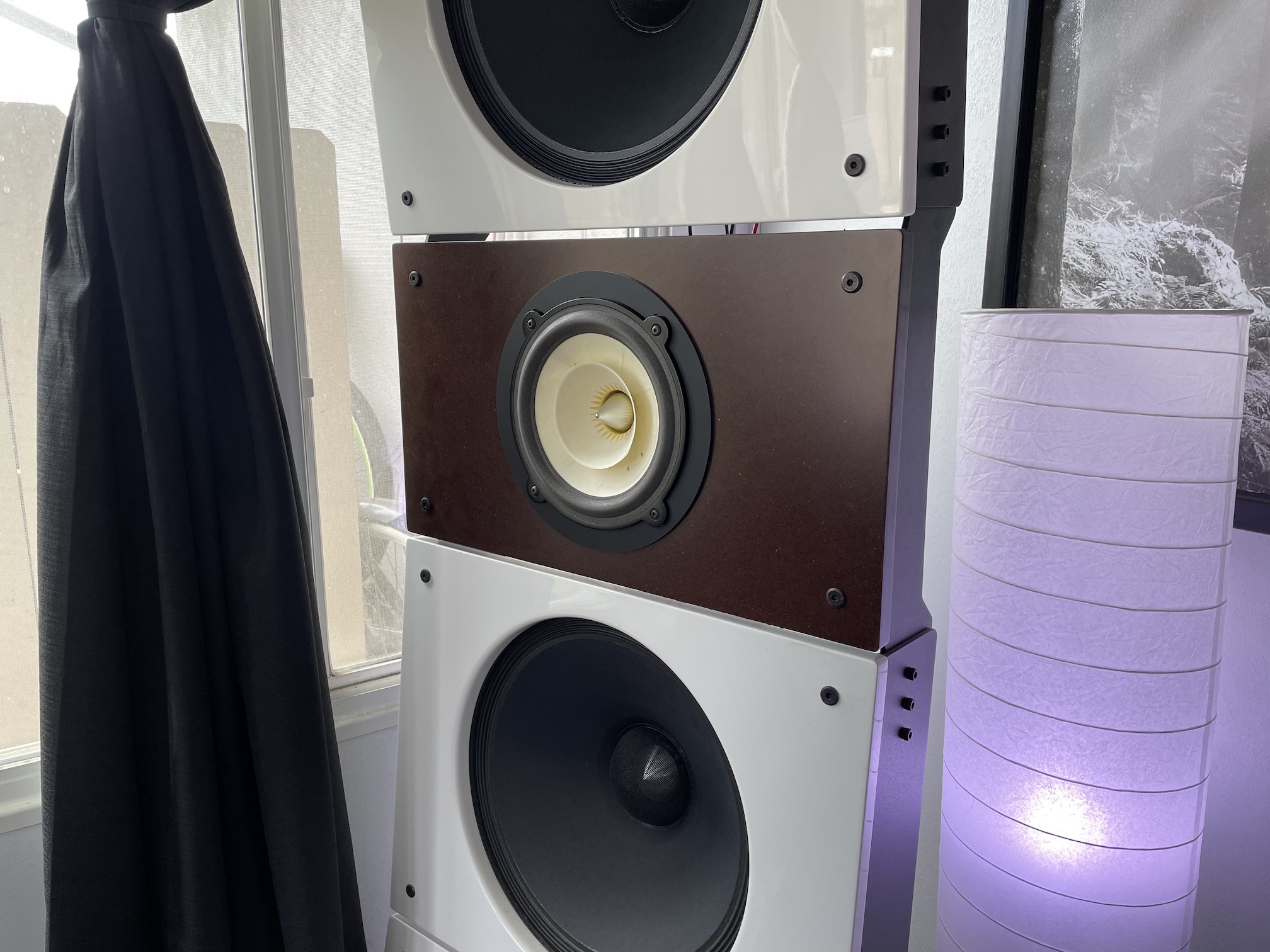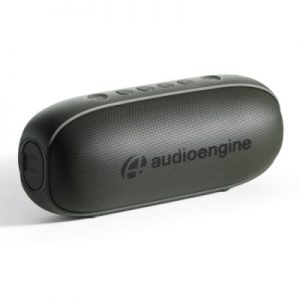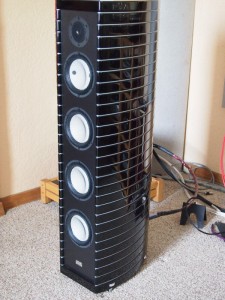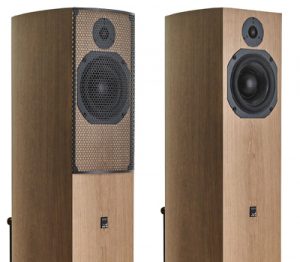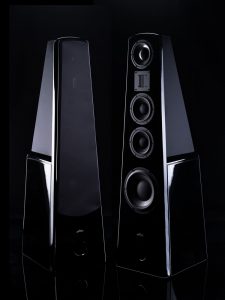Part 1 - The Review
You know, it's not every day you get the opportunity to review something as legendary as the ESS speaker. It reminded me of my journey with Jantzen speakers long ago, it can be a tad intimidating as there is just so much rich history about the brand that you want to convey—with words and pictures keeping with a concise article so that the readers don't lose interest too fast. As you may have learned by now my style is succinct, to the point conveying emotion and such—less "sciency" stuff (that can be found just about anywhere).
It goes like this... several years ago (my how time flies) I was at a show, maybe it was T.H.E. show, where I entered a room and immediately was put into a time machine. What I saw in front of me were ESS speakers! All models, both small and large, as well as the (you guessed it) the Transar itself. It was interesting to hang around in this room and just watch people's faces and hear them say —wow, where have you guys been! I remember these! And the AMT driver (Air Motion Transformer) is a sight to behold. Quite original still in its design, with minor tweaks and adjustments with regards to its position above the mid-woofer below.
Of course, if you know anything about me, I am smitten with "different" transducers. I love all that is not cone speakers, not to say they are bad or anything, but it's just kind of boring. I love when a manufacturer goes out of their comfort zone and uses a driver with something like a ribbon, or ESL / magnetostatic panel, for example. It's not an easy task to mate such a fast driver with a cone speaker, but if one wants to save on cost, you really don't have many choices.
Naked membranes for the ESS driver
Companies like Analysis audio, Apogee (RIP), MBL, and so forth—really push the envelope using all special drivers, which really drives up the cost. Building, storing, shipping, etc. all has to be factored in when mass producing a speaker, so oftentimes it's easier to keep the "esoteric" driver small, and mate it with a larger dynamic speaker to reproduce lower octaves on the cheap.
Enter in the ESS speaker, which I'm sure by now if you've run a google search, you will end up with limitless history and pictures, going many decades back. To be honest, on the cosmetic side of things, not much has changed. Cabinetry has changed a bit, finishing materials maybe – some crossover components, and possibly the AMT driver itself being put in a different position but what remains is the soul of the speaker. The AMT driver, if you aren't familiar with it— is a folded ribbon speaker, which radiates sound in an omnidirectional way. There really is no other way to produce sound in such a holographic way, but it does bring in some challenges—such as proper room placement and room size.
The ESS AMT 12" Series in Walnut finish (my review pair)
I'll be the first to admit, I had a pair of Apogees in a room too small, for many years. While they sounded great, they weren't really put to their full potential. I have since relocated to a much larger home that has a dedicated audio room, so timing just seemed right to get a set of these for analysis and review. Things were lined up and soon enough a set of 12" AMT Series speakers were personally delivered to me from the factory. That was a nice touch and I will say, if the speaker company is local, that is always best. Avoids issues like shipping companies and having to wait around for hours for a freight company to drop them off. I was advised to enjoy them for as long as I needed, which I did and took advantage of. These speakers have been in my possession for a few months now and I can say it wasn't love at first sight. Right away when I connected them, I was hit hard with the AMT driver. It can have a bit of a beaming effect which goes away after some break-in time, but also with the attenuator knob on the rear of the speaker next to the speaker terminals. Thank the gods above for them to think of such a thing, then you can tailor them to your room and liking! Once I put the knob at about the 10 o'clock position, and after playing music for a good 48 hours continually, I was completely blown away from their transformation.
I will also say that during the arrangement for this review, I was asked if I wanted to tour the factory since they were within driving distance. Eventually this happened and I will cover more on that later in this article.
So – as many of you probably do, you have your "go-to" stuff to start listening to so that you can get your bearings. I love Roon—if you haven't checked it out yet (digital playback ecosystem), I urge you to give it shot during its evaluation period. I'm hooked for sure.
To test a speaker with omnidirectional characteristics, requires music that is either well recorded or well produced (or both). I started off with Autechre's "see on see" from the Oversteps album. Quite lovely. Great soundstage but just as great reproduction. Sound was coming from all over my room all while retaining the soul of the music. Perfection.
I then moved onto something more dynamic—a cut from David Bowie's album Heathen, entitled "Sunday". This one is coproduced by Brian Eno, so it melds real instrumentation with computer-based instrumentation and equally provides a spectacular presentation. When the drums kick in I found myself taken aback. The hand-off between the AMT driver and the large-ish 12" mid-woofer (I say mid-woofer as it's crossed over quite high) was almost seamless. Initially I didn't feel this way until I adjusted the attenuation of the AMT driver.
So far so good!
If you don't know what the AMT driver is, basically it was designed by Oscar Heil over 40 years ago (yes! 40 years…) and licensed exclusively to ESS laboratories. It's a folded ribbon design utilizing Mylar (very lightweight) bonded to conductive aluminum strips encased in a magnetic enclosure. It's quite impressive and has been used in concert-grade PA speakers just to give you an idea of its power and strength. In fact, when I was at the factory during the tour, I was shown a stack of old PA gear used by the Grateful Dead during past concerts. Talk about legacy!
This particular speaker is priced at a reasonable $4500, which in this industry is on the lower end of the price scale. For a speaker designed wholly in the states (California, no less), that really isn't bad. Some concessions had to be made here, obviously. For example, the speaker itself doesn't have the super heavy mass that most higher end speakers will, so cheaper less dense materials are being used. Also, less exotic crossover components as well. The speakers themselves are definitely not cheap looking but if ones goes up to them to give them the usual "shake" or "knock" that most audiophiles do, you will notice immediately how they are able to keep the price down. Does this have an effect on sound? Well, I'm sure to some part, but really it's a great balance between value and sound. I certainly didn't hear any bad cabinet resonances or rattling associated with "cheaper" designs, so this isn't a knock on the brand at all, rather it's just a way to explain the price point. This is also their current flagship speaker, but they do have some plans to bring back a limited edition set of Transar speakers.
Transar? What is that? I have mentioned it a few times. Basically, a rudimentary search online will yield countless results, but basically it was a revolutionary design to create an equally esoteric mid-woofer (to the AMT driver) that was both fascinating to watch and listen to. I'll post some photos from my factory tour below to show what one looks like. A site to behold. The factory does still work on these and they do also repair them if needed. Another cool thing about being at the factory is that I got to see some other prototype designs being worked on by Oscar long ago—I bet you didn't know that they were working on a smaller version of the Transar? I got to see several prototypes of these and wow were they cool. I hope someday they are able to bring them to live to show the world.
The Transar
ESS Laboratories 12" AMT Series Loudspeakers
Retail: $4500 in Walnut (as shown)
ESS Laboratories
Part 2 – Factory Tour
So I've mentioned a few times that during this review I was invited to the factory. A date was set and I was joined by Dave & Carol Clark of PF (and close friends of mine) where we headed up to El Monte. We were warmly greeted by their staff and the tour was begun. The building isn't super large, they have a few offices up front for administrative / sales stuff, and then a warehouse in the back where the magic happens. Also, we were noticing some loud music playing and what sounded like a singer on a microphone talking. Taken aback, we asked about it. Ricky Caudillo (President) casually admitted that they are a music-first supporter, and have a few rooms that they loan out to bands wanting to audition / record! All the while using their own equipment (ESS designed monitors, for example). I thought that was a nice touch, I mean, these are speakers designed to output music, not just test tones, right? I have been on factory tours before and I see the usual anechoic chamber, and lots of testing equipment, but never live musicians on tap!
Below I'll show a few pictures from our visit with some annotations.
A "stack" of vintage ESS electronics
A roll of raw aluminum materials used to create the Heil AMT driver (super expensive / super secret!)
The original Transar electronics
Yes. Several NOS Transar units. They do exist!
A production line of AMT drivers. While we didn't photograph it, one of their key employees that has been there since the beginning, was hand-filing a set of ESS drivers. Even more spectacular than his tenure, was that he was deaf and mute! Inquiring minds of course we had to ask, how do you communicate with him? Ricky said "he's been here so long, we just know what we want by pointing at things!" Fascinating indeed.
Cabinets prepped for final veneer / paint options. They aren't finished until they are ordered.
Behold. The prototype "mini-Transar". Probably it's internet debut!
The original analog testing equipment. No longer in use but proudly displayed for historic reasons.
More AMT Heil magic.
Some original designs.
As promised earlier - the original PA system used by the Grateful Dead. Notice the horn-loaded AMT drivers!
A larger factory photo.
Recording studio photos.
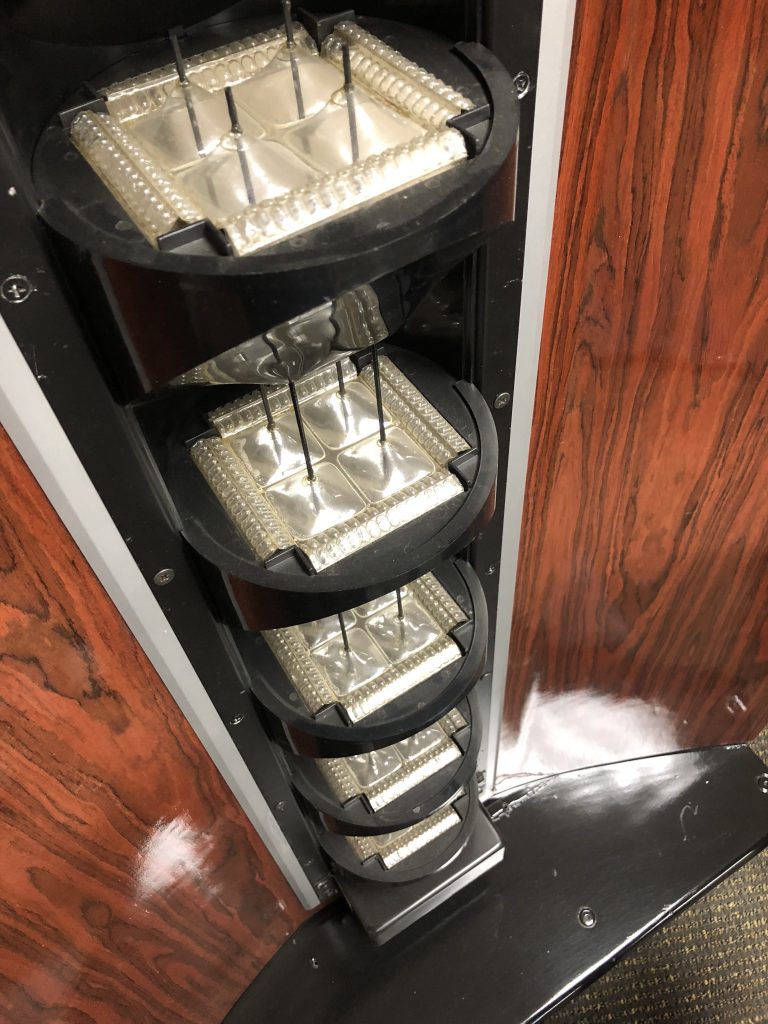
Up close and personal with the Transar mid-woofer unit.
A cute scaled down version of my speaker for desktop / monitor use. Paired with a 6" driver.
All 3 versions of the AMT driver in different shapes / sizes. All ready to be ordered via the website direct.
Ricky and I deep in discussion about something secret, I'm sure. Mel and Carol in the background.
Here is their showroom where they have several pairs for auditioning / testing.
Ricky giving away company secrets and such to Dave & Carol. Lots of great history here from how the company started, went dormant 23 years ago, and then ultimately ended up with Ricky to bring back to life about 10 years ago. In the most recent designs are some tweaks that he has made.
Phew. Quite a bit of coverage there but I really wanted to demonstrate the legacy that is ESS. Pioneers such as Bob Carver and Nelson Pass used to be employees of ESS, so that tells you something!
I hope you enjoyed this journey with me. For the price point, one cannot argue that this is the best value omni-directional speaker out there. Backed up by an American company that just doesn't have it in their blood to quit. Highly recommended.





